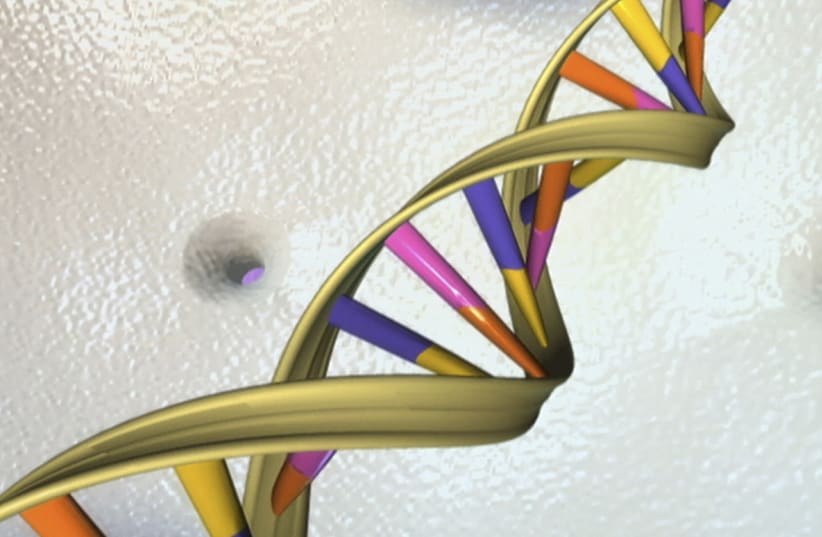Scientists have succeeded in using DNA to construct a lattice of carbon cylinders so tiny they have to be measured in billionths of a meter which could revolutionize the future of technology.
In the peer-reviewed study published in the journal Science, the team from the University of Virginia (UVA) School of Medicine and their collaborators used DNA to guide a chemical reaction to build precise lattices of carbon nanotubes - hollow carbon cylinders so tiny they have to be measured in nanometers (billionths of a meter) - an achievement which could open the door to building superconductors that can operate at room temperature.
Carbon nanotubes would allow electrons to move quicker than usual without creating the kind of resistance that usually leads to heat and wasted energy and has made superconductors only feasible in highly controlled temperatures. This would mean that superconductors could be used in smaller devices and at room temperature, opening the door to a plethora of new devices such as extremely fast computers and electronics that have radically higher energy efficiency.
A superconductor using carbon nanotubes was first proposed over 50 years ago by Stanford University physicist William Little, but scientists have been unable to find a way to build the extremely tiny structure needed for such a device.
Edward Egelman, of UVA’s Department of Biochemistry and Molecular Genetics, and his team were able to overcome this obstacle by using DNA to perform extremely precise structural engineering at measurements the size of individual molecules, creating a lattice of carbon nanotubes assembled as needed for Little's superconductor.
New research has potential in a variety of fields
Egelman has been a leader in the field of cryo-electron microscopy (cryo-EM) and he and Leticia Beltran, a graduate student in his lab, used this imaging for the project. Egelman stressed that this shows that "the cryo-EM technique has great potential in materials research."
While the lattice has not yet been tested for superconductivity, it does offer proof of principle and has great potential for the future.
"Our work shows that the approaches being developed in biology can actually be applied to problems in physics and engineering."
Edward Egelman, University of Virginia, Department of Biochemistry and Molecular Genetics
The lattice also could have a wide variety of research applications, especially in physics. “While we often think of biology using tools and techniques from physics, our work shows that the approaches being developed in biology can actually be applied to problems in physics and engineering,” Egelman said in a UVA article. “This is what is so exciting about science: not being able to predict where our work will lead.”

